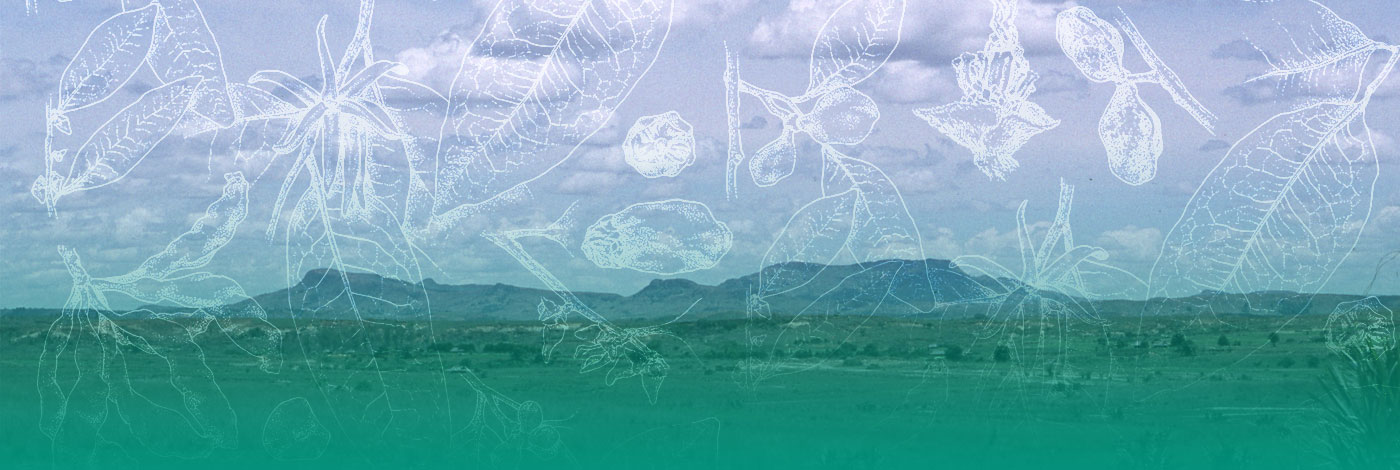
 Adansonia
34 (2) - Pages 179-221
Adansonia
34 (2) - Pages 179-221The floristic inventory presented here comprises the evolving computerised database Florical (http://www.botanique.nc/herbier/florical). As of the date of publication, it lists all native vascular plant species (as well as infraspecific taxa) present in the territory of New Caledonia, whether validly published or in press, along with their basionym, organised according to the most recent classifications systems (APG III 2009 for the angiosperms, Smith et al. [2006] for the ferns and lycophytes, and Mabberley [2009] for the gymnosperms), accompanied by their status (native or endemic) and the various vegetation types in which they occur. After a brief historical review of our knowledge of New Caledonian botany, the characteristics (richness, composition and endemism) of the different taxonomic groups (ferns and lycophytes, gymnosperms and then angiosperms – mono- and dicotyledons) are analyzed, followed by an assessment of the distribution of these groups among the vegetation types. The vascular flora of New Caledonia is characterised by its high level of richness (3371 species, including 3099 for the flowering plants alone), despite the absence or under-representation of some taxa that are abundantly represented elsewhere in the tropics, and especially by its remarkable distinctiveness (with endemism at the species level reaching 74,7%, and 77.8% for the flowering plants). The flora stands out by the presence of several relictual taxa and a high level of speciation among certain groups, despite the fact that the island was re-colonised relatively recently following the total submersion of its much older basement during the Paleocene and the Oligocene. Details of the measures taken to conserve this extraordinary natural heritage show that only 3.4% of the territory’s total surface area is effectively protected. Despite the undeniable progress made in recent years by the authorities concerned, significant work remains to be done, especially in the northern Province.
Taxonomic database, flora, indigenous species, endemic species, conservation, New Caledonia